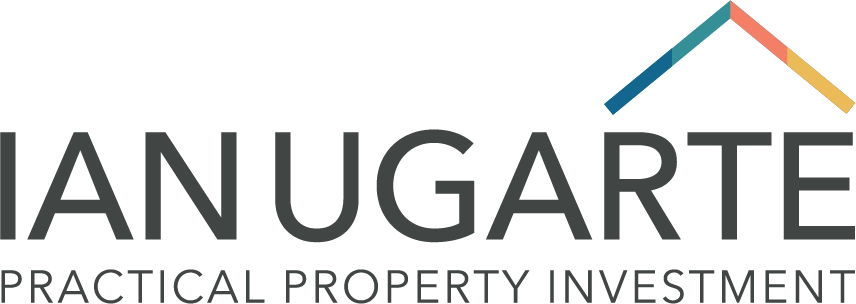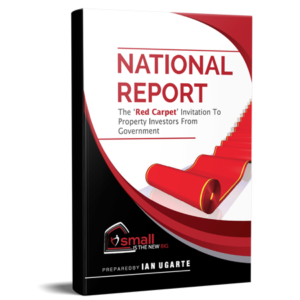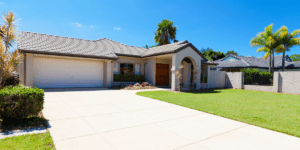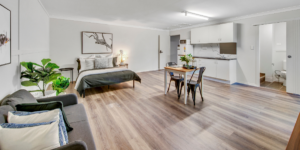The “zombie home” has reared its ugly head again recently, with a spate of articles talking about houses standing empty while Australians face an ever-worsening rental crisis.
Ignoring the fear-mongering, click-baity headlines for a moment, so-called zombie homes are not a new problem. We’ve had empty houses most nights of the week for years now. That’s why Hobart was ranked the most unaffordable city in Australia in 2018. Property owners with dollar signs in their eyes moved 800 long-term rental properties onto the short-stay market, creating a massive shortage, pushing Hobart’s rents through the roof.
In an ideal world, governments at all levels would be working together to solve this problem, and re-imagining social housing policies. But if governments can’t be relied on to stamp out the zombies, we as property investors need to shift our thinking and make the change ourselves.
SCROLL DOWN to find out why I think Airbnb doesn’t make sense anyway!
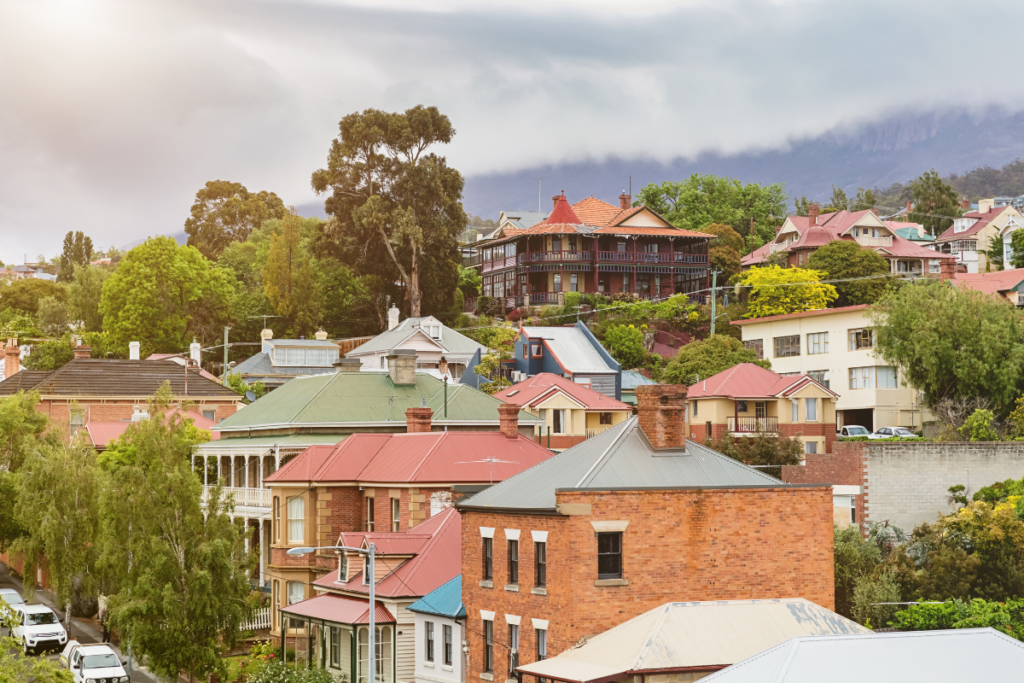
The investor reality
Look, I get it.
You own a property, and you realise you can put it on airbnb and other short-stay accommodation websites and get more rent for a weekend than you’d get for a whole week from a long-term tenant. Smart investors are always looking for more bang for buck, me included.
But it just doesn’t make sense to have a house sitting unused four or five nights a week – not when there are hard-working people living in their cars, in caravans or couch surfing. Not when you can get excellent returns in other ways.
Let’s look at the stats. Back in October 2021, I was already talking about the 13.5 million empty bedrooms in Australia in under-utilised, single-family homes. Now the latest census data is showing us that during lockdown, there were more than 1 million unoccupied properties.
In the latter half of 2022 we’ve got immigration back on the boil, international students returning, the number of renters rising according to the ABS – and rental listings falling, still! Supply and demand are pushing prices up. On top of that, with interest rate hikes and mortgage repayments going up, investors are likely to want to pass at least some of that onto their tenants.
It’s affordable-housing crunch time.
And Airbnb doesn’t make sense anyway
In my view, the short-stay rental market is a hard market to be in if you’re an investor. For starters, you’re only ever one bad review away from not having an attractive property.
Then there’s the legwork: managing your bookings, meeting guests at the door, doing the cleaning, or finding a cleaner (which is getting harder and harder). That’s a lot of hassle to get the same cashflow as if you went straight to co-living.
In our experience co-living tenants stay on average nine to 18 months which is a much more manageable turnover. Plus you’re quadrupling the number of long-term rentals available on the market, as opposed to taking them off the market.
The other consideration is insurance. From what I’ve seen, 99% of all short-stay rentals in Australia don’t meet building classification codes and planning rules.
So while there might be a platform for advertising your property, it doesn’t mean it’s legal. What follows is that 80% of investors who own those properties are probably uninsured (despite dutifully paying their premiums), because they haven’t let their insurer know they’re running an Airbnb or short-stay accommodation. So if the worst happens and there’s a claim arising out of a fire, or loss, or someone’s hurt on the property – they won’t be insured.
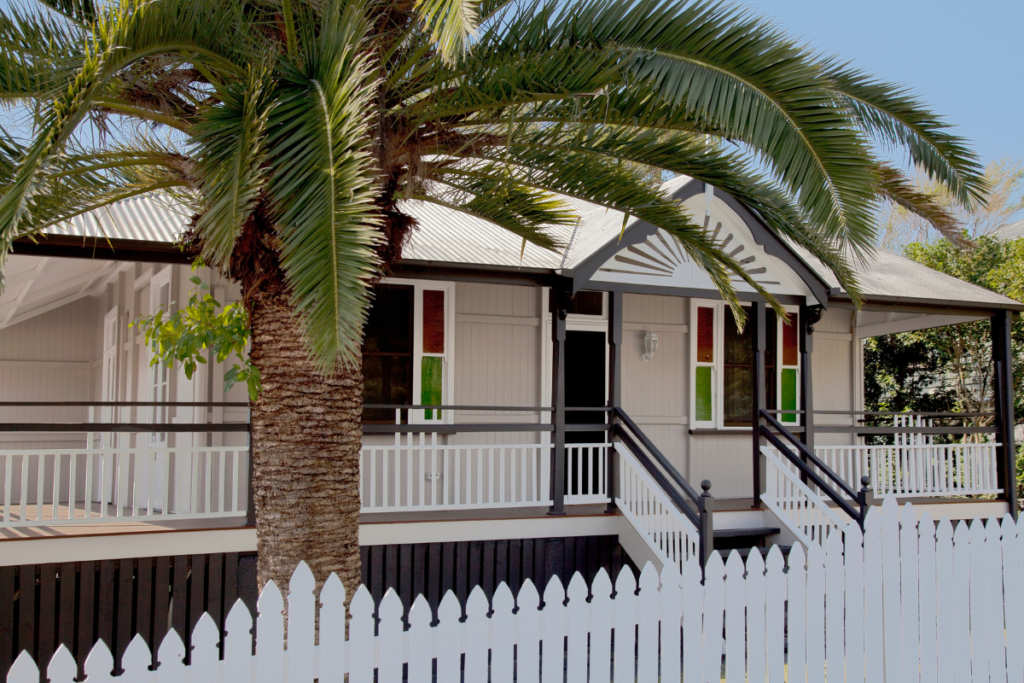
What are we going to do about it?
Instead of going to Airbnb, let’s take these larger houses and convert them into individual self-contained micro-apartments, each with its own bedroom, bathroom and kitchenette, and a shared laundry. That way you’ve got four or five people living in your family house, which is what it was built for.
The residents of these houses save a third to a half off their normal weekly rent. But here’s the kicker: you’ll effectively double or triple the gross rent on the property which effectively means, after costs – e.g., utilities and insurances – you’re probably getting another $15,000 to $20,000 net cashflow per year.
Where the social good comes in
I know there are investors who want to do good at the same time as they make good money. They want to improve life for others in their communities. I know this because I talk to them all the time in my seminars.
With the way things are going, it’s almost embarrassing to tell people you own investment property, because everyone knows investors have destroyed the property market by treating property as a commodity.
Whereas people who do INVIDA co-living conversions and purpose builds can hold their heads high and tell their friends they’re helping to fix the housing problem, getting people into affordable accommodation, at the same time, getting better cashflow outcomes for themselves.
It doesn’t cost the government anything because investors are doing the work while reaping the rewards – everyone wins and no-one loses out.
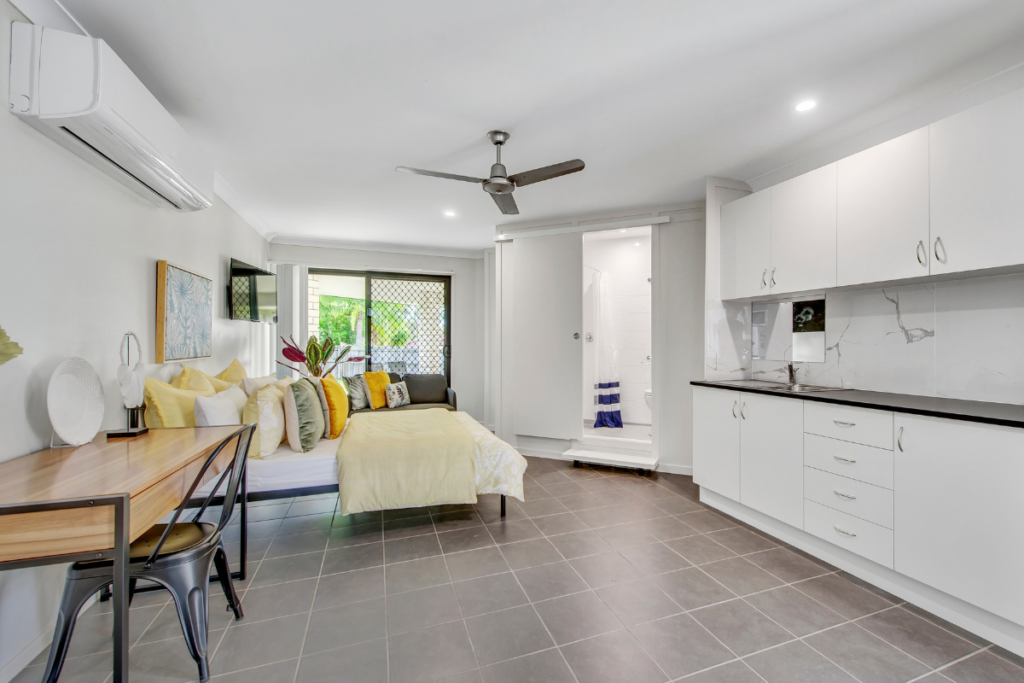
Not to forget, empty holiday homes
Before I get off my soapbox, remember that airbnbs and short stays aren’t the only zombies on the block. Think about all the holiday homes that only get used once every now and again by a family member. I believe there should be some sort of impediment to leaving a house empty – an “empty house tax”. If you can afford to leave your house empty for more than 6 months, then maybe you can afford to pay an extra tax that goes into a social or affordable housing fund. Then private investors can use those funds to convert their properties.
If you don’t want to pay the tax, convert your property! Come to INVIDA and we’ll help you do much more for your community, and your investing.
JOIN MY UPCOMING WEBINAR to learn more about how INVIDA co-living cash flow positive properties can get you to your financial goals sooner! Register HERE.
